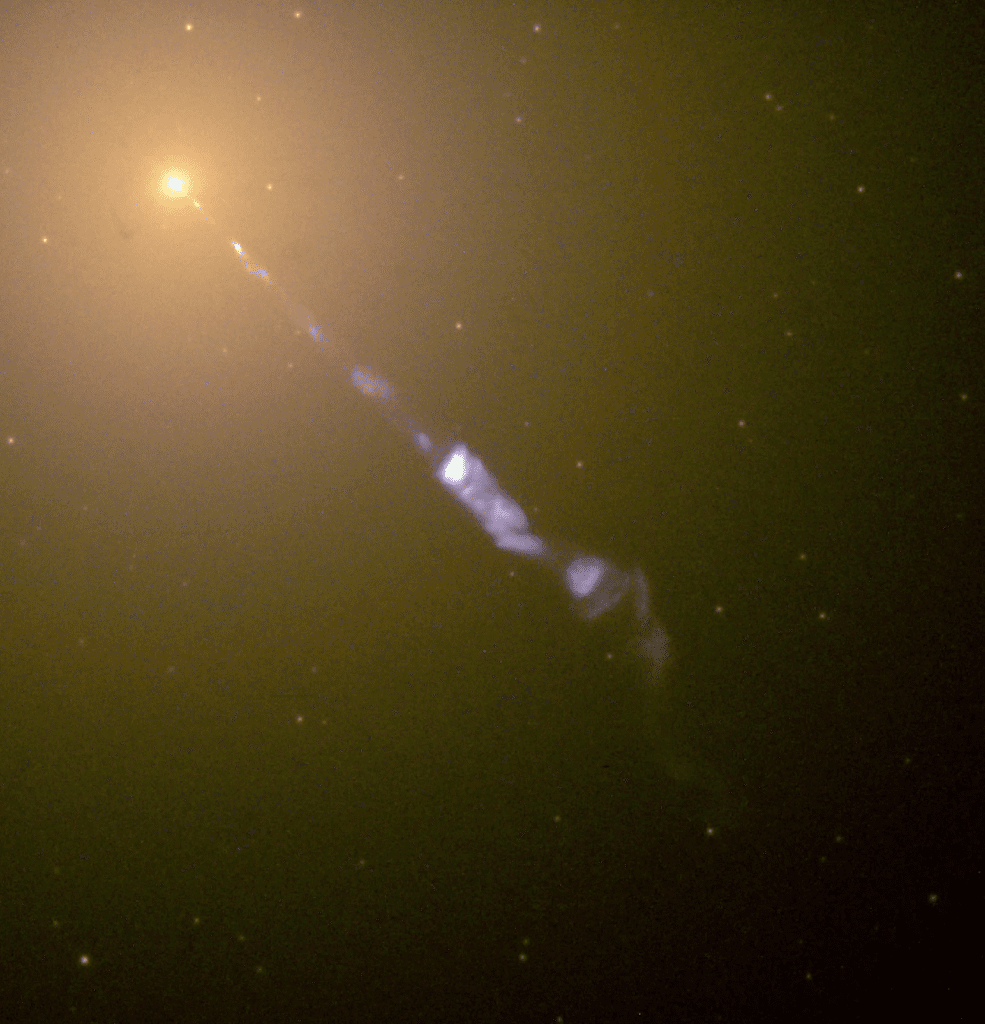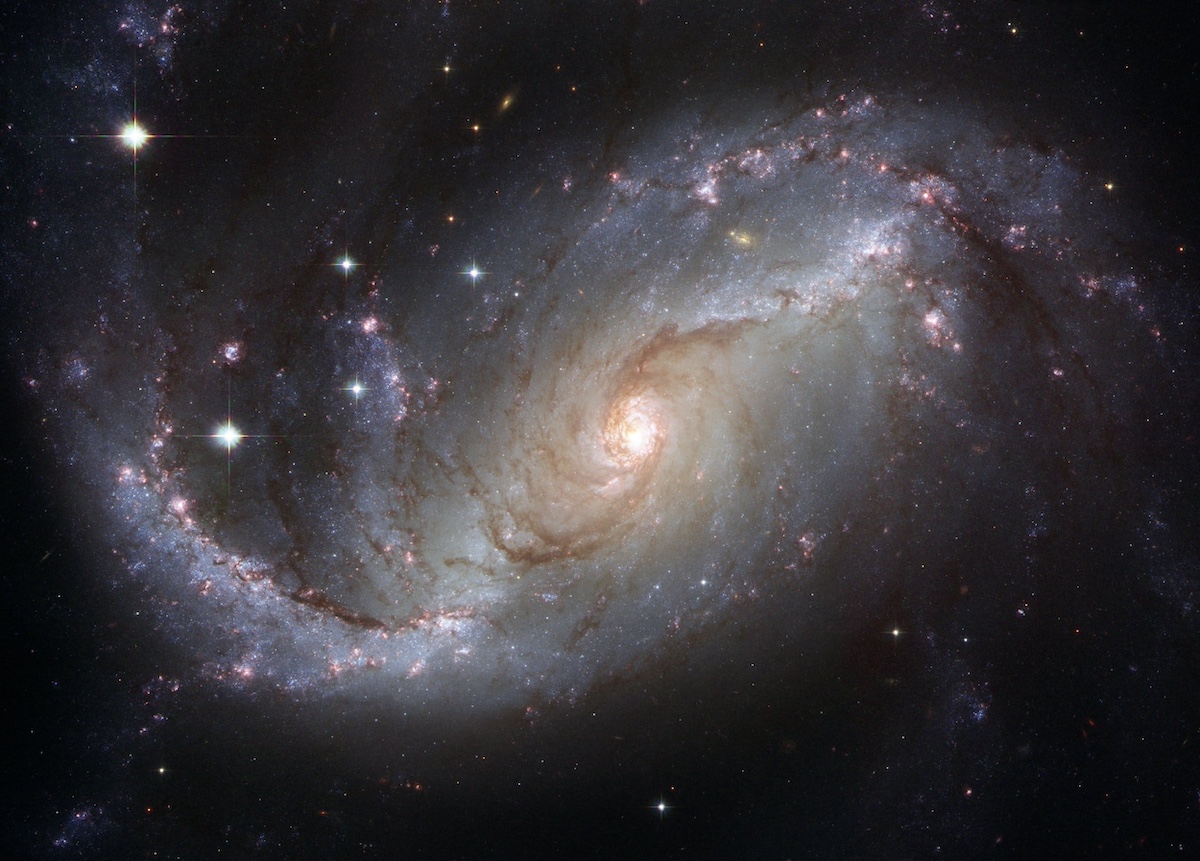Unveiling the Mysteries of Spiral and Elliptical Galaxies Visible from Ireland
The universe is a vast and enigmatic expanse, filled with billions of galaxies, each containing billions of stars. Among these celestial entities, two major types of galaxies dominate the cosmos: spiral galaxies and elliptical galaxies. While both are captivating in their own right, they exhibit distinct characteristics that set them apart. This article delves into Spiral vs. Elliptical Galaxies, explores their defining features, and presents examples of each that can be observed from Ireland. Prepare for a cosmic journey through the galaxies!
Understanding Spiral Galaxies
Spiral Galaxies Unveiled
Spiral galaxies are perhaps the most iconic and visually striking members of the galactic family. Their defining feature is the presence of well-defined spiral arms that wind gracefully outward from a central nucleus. These arms are often adorned with brilliant stars, gas, and dust, creating breathtaking visual patterns. Within the arms, intense star formation takes place, making spiral galaxies some of the most fertile regions in the universe for the birth of new stars.
Spiral galaxies come in various shapes and sizes, ranging from grand spirals like the Milky Way to smaller, more modest versions. Their spiral arms can be tightly wound or loosely spread, contributing to a remarkable diversity among this galaxy type.
The Milky Way: Our Cosmic Home
One of the most renowned examples of a spiral galaxy is none other than our very own Milky Way. Situated at the heart of the Milky Way is a supermassive black hole, which exerts its gravitational influence over the stars, planets, and cosmic matter that make up our galactic neighborhood. As we gaze at the night sky from Ireland, we are, in fact, observing our galaxy from within, providing us with a unique perspective on its spiral structure.
From Ireland, particularly in areas with minimal light pollution, you can witness the Milky Way’s splendor on a clear, moonless night. Its spiral arms, composed of stars and interstellar matter, extend across the night sky, creating a celestial masterpiece that has captivated stargazers for millennia.
The Whirlpool Galaxy: A Stunning Example
Another mesmerizing spiral galaxy that can be observed from Ireland is the Whirlpool Galaxy, also known as Messier 51 or M51. Located in the constellation Canes Venatici, the Whirlpool Galaxy is a classic example of a grand spiral galaxy. It consists of two distinct spiral arms that appear to be intertwined, forming a captivating celestial whirlpool.

While the Whirlpool Galaxy is a challenging sight without the aid of telescopes or binoculars, its celestial beauty becomes more apparent when observed through such instruments. It serves as a testament to the intricate and beguiling nature of spiral galaxies.
Exploring Elliptical Galaxies
Elegance in Simplicity: Elliptical Galaxies
In contrast to the intricate structure of spiral galaxies, elliptical galaxies exhibit a more understated, but equally intriguing, appearance. Elliptical galaxies are characterized by their smooth and elliptical shapes, devoid of the spiral arms that define their counterparts. They often appear as featureless blobs of stars, yet beneath their seemingly simplistic facade lies a world of cosmic wonders.
M87: A Giant Among Elliptical Galaxies
M87, also known as Virgo A, stands as a remarkable exemplar of an elliptical galaxy. Situated in the Virgo Cluster, M87 is one of the largest galaxies known to humanity. Its massive central supermassive black hole is a subject of profound scientific interest and was even imaged for the first time in 2019 by the Event Horizon Telescope.

Although the intricate details of M87’s structure may be challenging to discern from Ireland due to its distance, its presence within the Virgo Cluster makes it an intriguing target for astronomers and astrophotographers. It serves as a testament to the diversity of elliptical galaxies within our universe.
Comparing Spiral and Elliptical Galaxies
A Tale of Two Galaxies
Spiral and elliptical galaxies, while both captivating, differ in several key aspects. These distinctions contribute to the rich tapestry of the universe and offer valuable insights into the cosmic processes that shape galaxies.
- Shape and Structure: The most apparent distinction lies in their shape. Spiral galaxies feature prominent spiral arms, while elliptical galaxies have smooth, elliptical contours.
- Star Formation: Spiral galaxies are active regions of star formation, with young, hot stars present in their arms. In contrast, elliptical galaxies are typically devoid of ongoing star formation, consisting mainly of older, cooler stars.
- Size: Elliptical galaxies vary in size but tend to be larger overall, with some giants like M87. Spiral galaxies encompass a wide range of sizes, from grand spirals like the Milky Way to smaller examples.
- Central Black Holes: Both spiral and elliptical galaxies may harbor supermassive black holes at their centers, but the presence of active star formation in spirals often results in more dynamic central regions.
- Color and Stellar Populations: Spiral galaxies often exhibit a wide range of colors due to their diverse stellar populations. Elliptical galaxies tend to be redder, dominated by older stars.
Observing Galaxies from Ireland
A Stargazer’s Paradise
Ireland’s relatively dark skies, especially in rural areas, offer fantastic opportunities for stargazing and observing galaxies. To make the most of your galactic exploration, consider the following tips:
- Dark Sky Locations: Head to dark sky locations like Kerry International Dark-Sky Reserve or West Cork, where light pollution is minimal, providing optimal conditions for stargazing.
- Telescopes and Binoculars: Invest in a good telescope or a pair of binoculars to enhance your view of celestial objects like galaxies. Amateur astronomers can explore galaxies like the Whirlpool Galaxy and M87 more effectively with these tools.
- Astronomy Clubs: Join local astronomy clubs or societies, such as the Irish Astronomical Association, to connect with fellow enthusiasts and gain insights into the best times and locations for galaxy observation.
- Star Apps: Utilize smartphone apps like Stellarium or SkySafari to help identify and locate galaxies in the night sky, making your stargazing experience more educational and enjoyable.
- Planetary Events: Keep an eye on astronomical events like meteor showers, lunar eclipses, and planetary conjunctions, which can enhance your stargazing adventures.
Spiral vs. Elliptical Galaxies
As we journey through the cosmos, exploring the wonders of spiral and elliptical galaxies, we discover the remarkable diversity that the universe has to offer. Each galaxy type tells a unique story of cosmic evolution, star formation, and the intricate dance of celestial forces. Whether you are marveling at the Milky Way’s spiral arms or contemplating the enigmatic elegance of M87, the universe never fails to inspire awe and curiosity.
In the vast expanse of the cosmos, there is always more to uncover, more questions to ask, and more mysteries to solve. So, step outside on a clear night, gaze up at the heavens from Ireland’s dark skies, and let the beauty of spiral and elliptical galaxies remind you of the infinite wonders that await our exploration in the cosmos.
Explore the universe from Ireland and witness the celestial splendor of spiral and elliptical galaxies, each with its own unique story to tell.
Learn more about Ireland’s Dark Sky Reserves
Discover the Irish Astronomical Association
Download Stellarium – Your Personal Planetarium
Note: The visibility of galaxies from Ireland may vary depending on factors such as light pollution, weather conditions, and astronomical events. It is advisable to check stargazing forecasts and consult with local astronomy experts for the best viewing opportunities.

